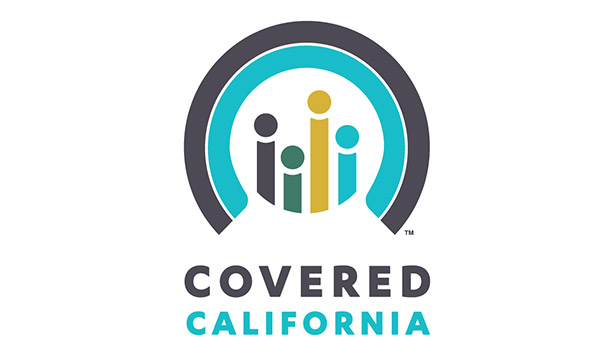The four weeks since Affordable Care Act health exchanges opened their virtual doors have been marked by significant setbacks—chief among them, the myriad technological problems that all but crippled Healthcare.gov in the days after its October 1 launch.
From last minute decisions that may have caused the federal site to collapse to a month-long delay that may be sending customers away from the exchange and to private plans, the federal exchange continues to experience difficulties.
But some states that opted to create their own exchanges are seeing better results. California is the largest state running its own exchange, so many eyes are focused on its program, Covered California.
The Affordable Care Act 101: What You Need to Know »
Measuring the Health of Insurance Exchanges
Enrollment numbers may be the best indicator of how well an exchange is doing—but Covered California does not plan to release its October enrollment numbers until November 15.
The exchange does report, however, that through October 19, about 126,000 applications were started. Fewer applications have been completed each week, and Covered California would not speculate as to why that might be.
The Covered California website (coveredca.com) had a relatively successful launch. Residents have been able to sign up for plans, though some site problems have made it difficult at times.
“I signed up yesterday. It was a bit confusing, and the site crashed a couple of times on me,” San Diego resident Mark Shapiro said about his mid-month, two-hour enrollment process.
Even though he had trouble staying logged in and experienced some confusion with comparing plans, Shapiro also saw things he liked. “Online chat was very good. I accessed it with a list of prepared questions,” he said.
Los Angeles business owner Jennifer Gross, who is using the exchange to provide insurance to her employees, voiced her pleasure. “I am hoping that I can provide better coverage for less money. I thought the [sign up] process was simple, quick, and easy.”
The exchange saw a drop in unique visitors to its website and fewer calls to its call centers last week. It did report that its call center wait times and handling times had dropped dramatically over the course of the month. Open enrollment does not end until March 31, 2014, giving the exchange time to improve further.
Learn More About Covered California and What It Has to Offer »
Calling All Doctors
The exchange experienced a setback when it was forced to pull its Find Your Doctor tool from its website early in the month.
The tool, which allowed a user to enter a doctor’s name to see if that doctor is included in any of the exchange’s insurance plans, was reportedly inaccurate and slow. It was back up and running by October 22.
“All of the information is current,” Covered California spokesman Roy Kennedy told Healthline. “But keep in mind consumers really need to verify with the doctors themselves or with the individual health plans.”
Hospital and clinic information is expected to be up sometime in November.
Stars to the People
Many state exchanges provide quality ratings of their plans. Covered California lacks such a system, though the exchange is working to have one online by January 2014.
In a board meeting on October 24, the exchange chose to have a ratings system available as early as possible and will likely base the starred system on customer assessments of old, but historically similar, plans.
Deciding that limited information is better than none, at least at first, the exchange will likely use a system that will include ratings on 10 of the 12 participating insurance companies.
Another option would have provided ratings for only three of them.
If it goes according to plan, starting in January customers will be able to compare plan quality for the current enrollment window, something consumer groups (and certain insurers) have been calling for.
At the October 24 meeting, a representative from Kaiser Permanente said he preferred an option that would provide ratings to the highest number of participating companies, though Kaiser would have been included in the smaller group of three, as well. “We support competition,” he said.
Stay on Top of Important Dates in the ACA Roll-Out »
Making the Grade
Comparatively, other states have seen plenty of problems. For example, despite Covered Oregon’s promising beginning, the state has experienced a number of technical and administrative delays.
The state exchange in Nevada, the only other state ranked in the top ten for highest percentage of uninsured residents that is also running its own individual exchange, has likewise seen glitches and extensive service delays.
Though not perfect, and though some may see the user numbers as unimpressive, Covered California has been better than many.
When the true indicator is revealed in mid-November, the public will know how well things are—or are not—going in California.







